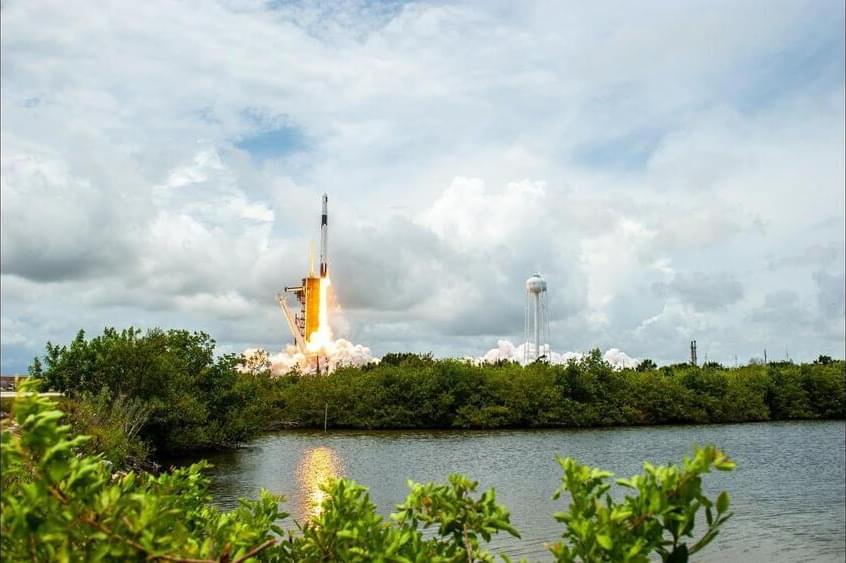Jul 17, 2022
The Last Human — A Glimpse Into The Far Future
Posted by Future Timeline in categories: asteroid/comet impacts, climatology, existential risks, sustainability
The Last Human – A Glimpse Into The Far Future.
German animation and design studio, Kurzgesagt, explores the far future of humanity and how our population may change over the aeons.
Given the numerous global threats we face during this century and beyond – from climate change to nuclear war, asteroid impacts and killer viruses – many of us are concerned that humans could go extinct. But there are reasons to be optimistic, according to this latest video from Kurzgesagt. Rather than approaching the end of human history, we may actually be living at the dawn of our species; the mere prelude for a vast and exciting future that lies ahead.

















